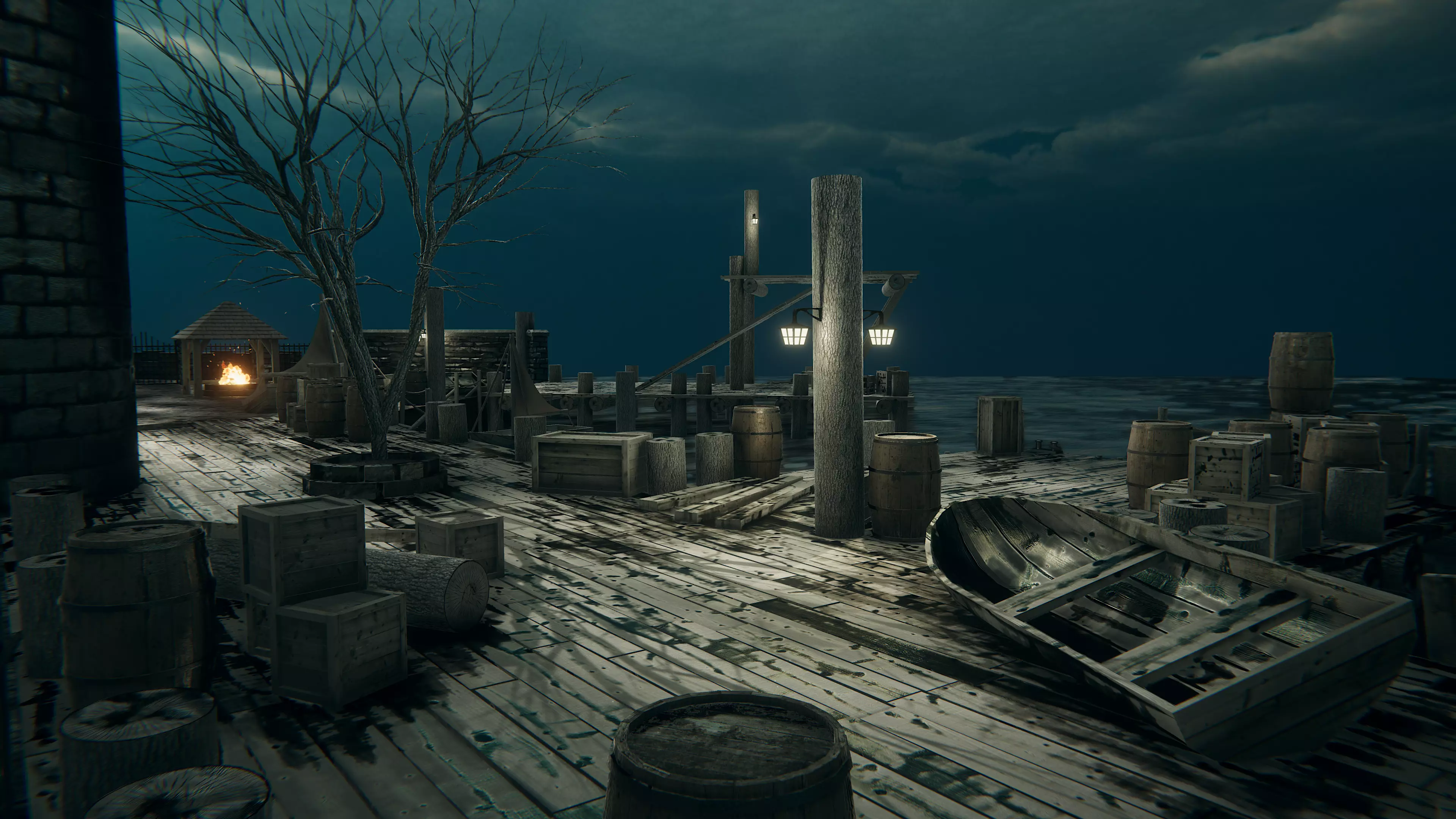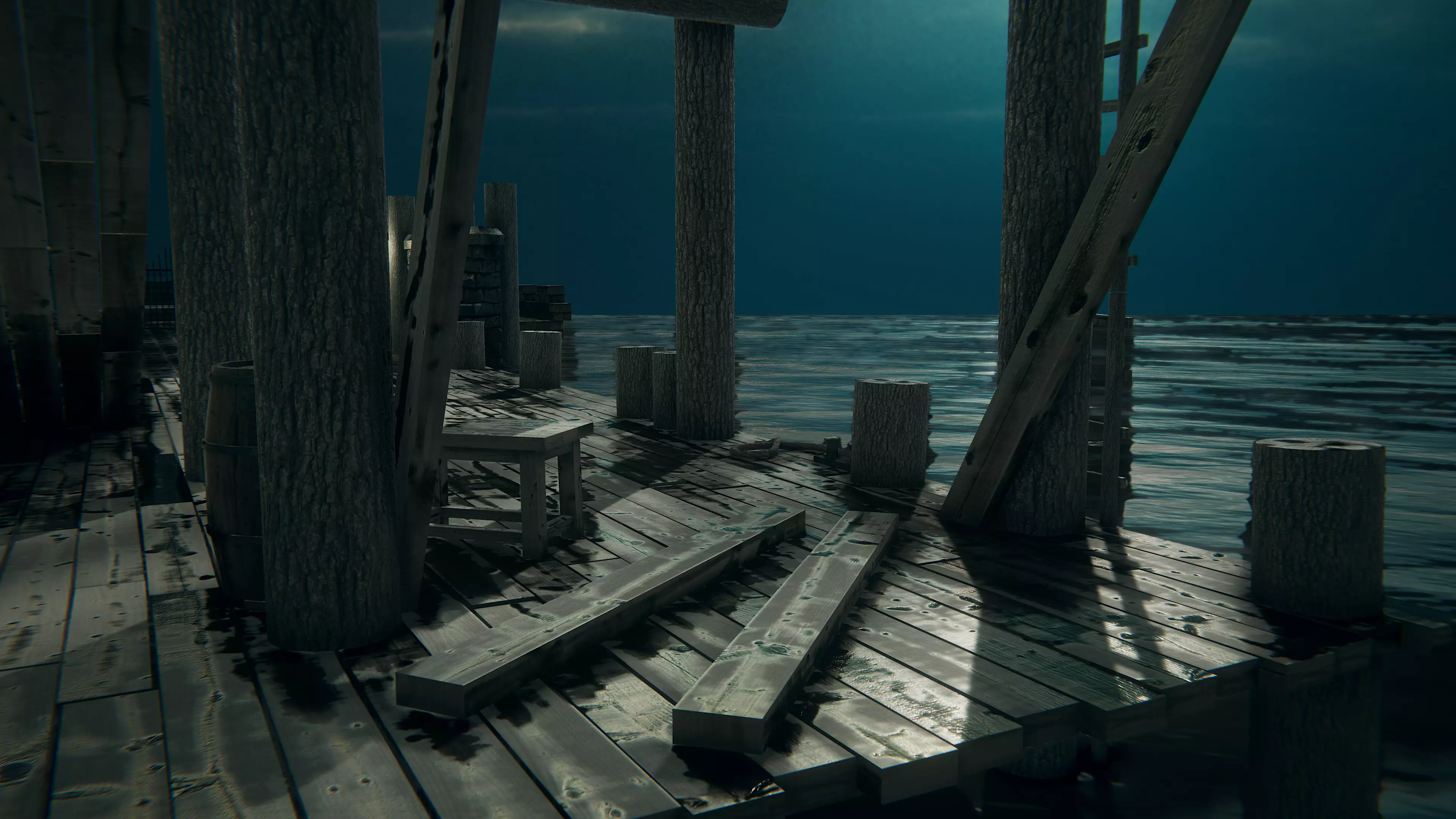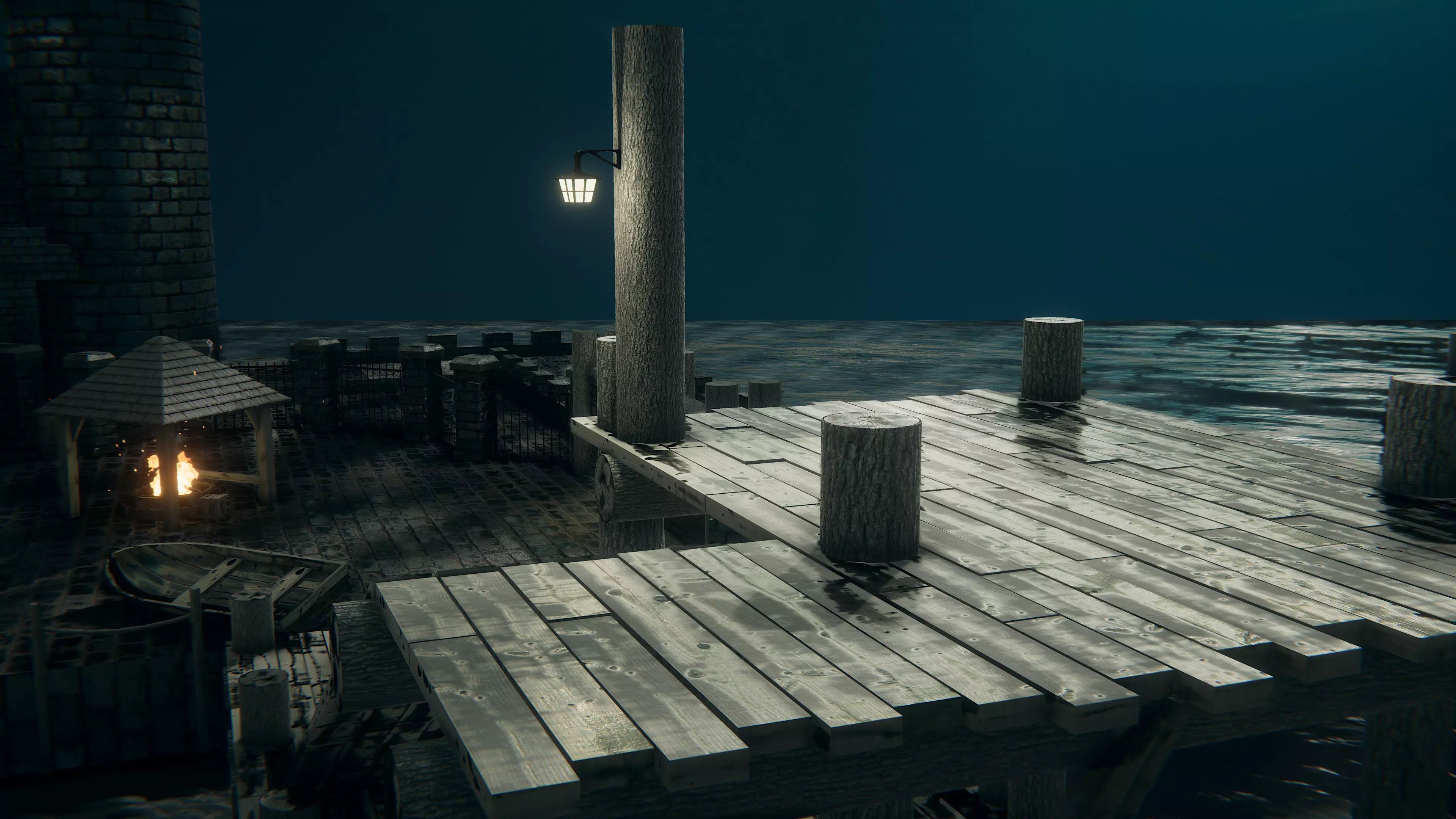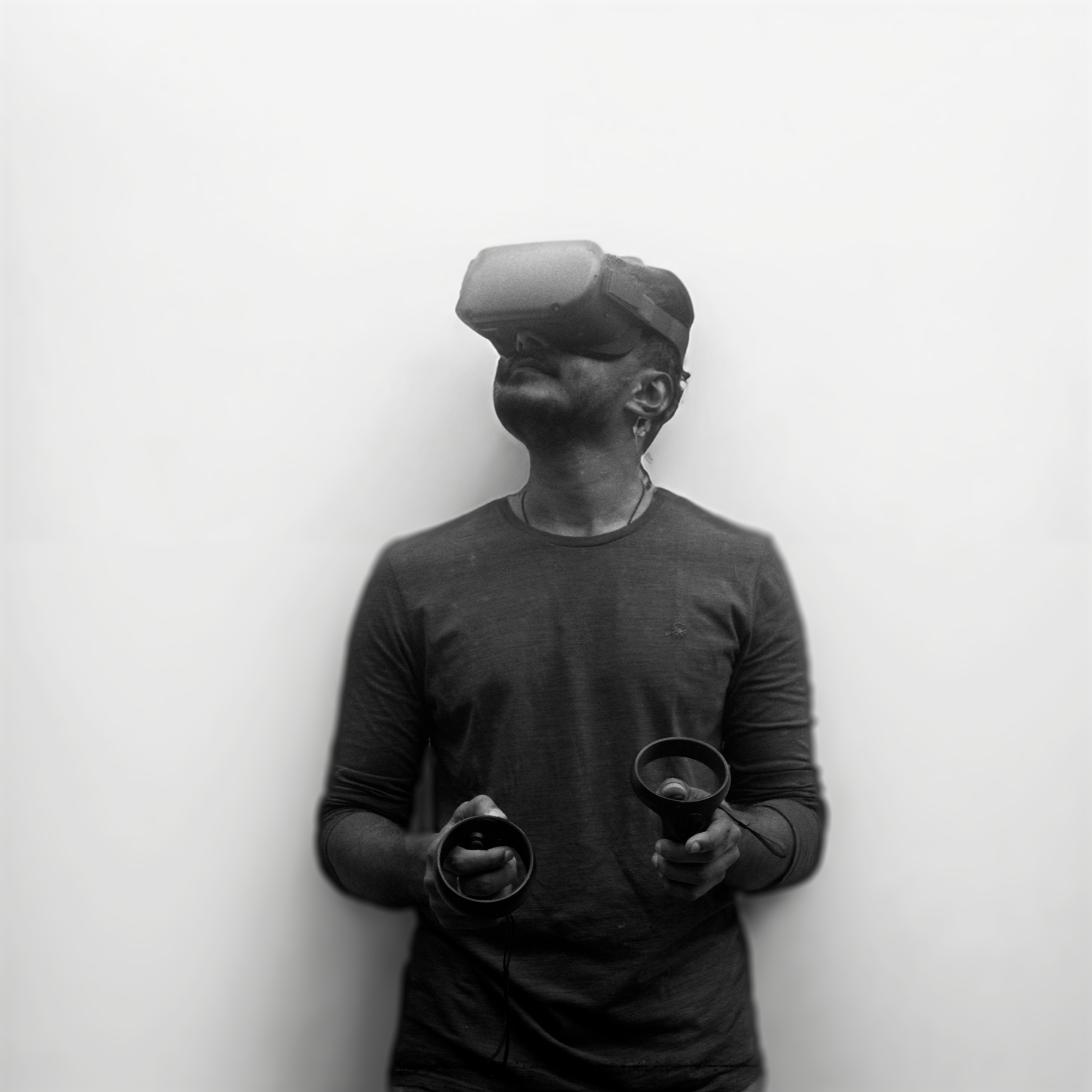Spatial Memory in VR
Improving Spatial Memory in Virtual Reality using noisy vestibular stimulation
Role: Conception, Programming, Hardware Design, Experiment Design, Analysis
Advisor: Prof. Misha Sra
Duration: 10 weeks (2024)
Advisor: Prof. Misha Sra
Duration: 10 weeks (2024)

Overview
How do we find our way through complex environments? The human ability to navigate space relies on sophisticated neural mechanisms that integrate multiple sensory inputs. At the heart of this process lies an unexpected player: the vestibular system. Through our research combining Noisy Galvanic Vestibular Stimulation (nGVS) with virtual reality, we reveal how this balance-sensing system might hold the key to enhancing human spatial memory. Our findings suggest that carefully calibrated vestibular stimulation can improve how people learn and remember spatial information in virtual environments, opening new possibilities for both understanding and augmenting human spatial cognition
Spatial Learning & Memory
When you navigate a new city or remember the layout of your childhood home, you're drawing on intricate neural networks that have fascinated researchers for decades. The famous Morris Water Maze experiments with rodents first illuminated how the hippocampus coordinates spatial learning. But while these foundational studies mapped the basic circuits, they left open an intriguing question: how might we actively enhance these abilities? Our research approaches this question through the novel lens of vestibular stimulation in virtual reality, where we can precisely control both environmental cues and sensory inputs.
Experiment
We created a rich virtual seaport environment where participants navigated between colorful fires placed strategically throughout the space. Using custom-built nGVS hardware interfaced with a Meta Quest headset, we could subtly modulate vestibular signals while participants explored. The environment itself balanced immediate landmarks like abandoned boats and towers with distant orientation cues like clouds and the sun, all accompanied by carefully designed spatial audio that enhanced presence.




Our participants n= 32 volunteers balanced across gaming experience - showed remarkable changes under vestibular stimulation. Their paths became more efficient, their movements more consistent, and their spatial memory more accurate. These improvements manifested not just in raw performance metrics but in the qualitative patterns of how they moved through and remembered the virtual space.



Results
Our analysis revealed that participants under the nGVS condition consistently demonstrated enhanced navigational performance, as evidenced by shorter path lengths, greater path efficiencies, and more consistent movement patterns. The FFT analysis illuminated distinct movement patterns between the two conditions, underscoring the potential influence of GVS on spatial orientation and navigation.
